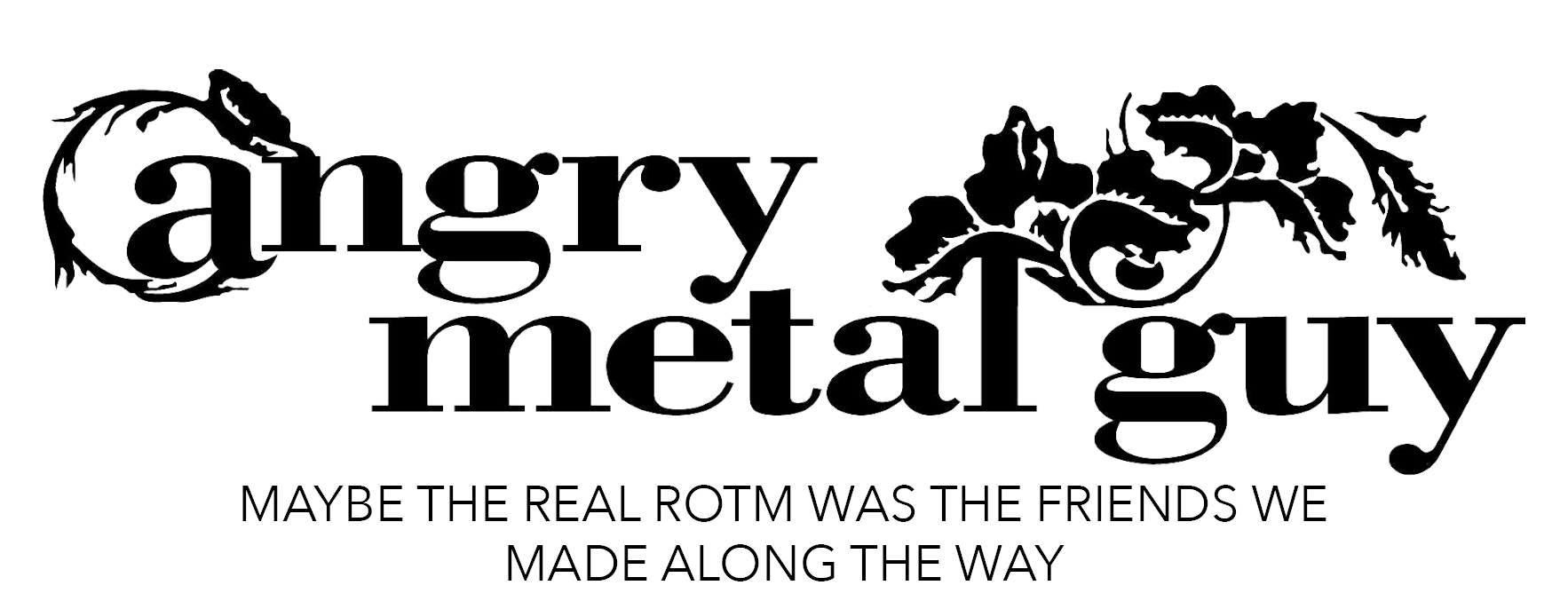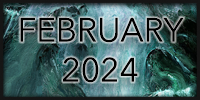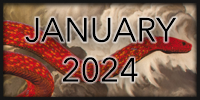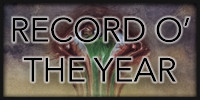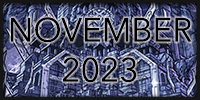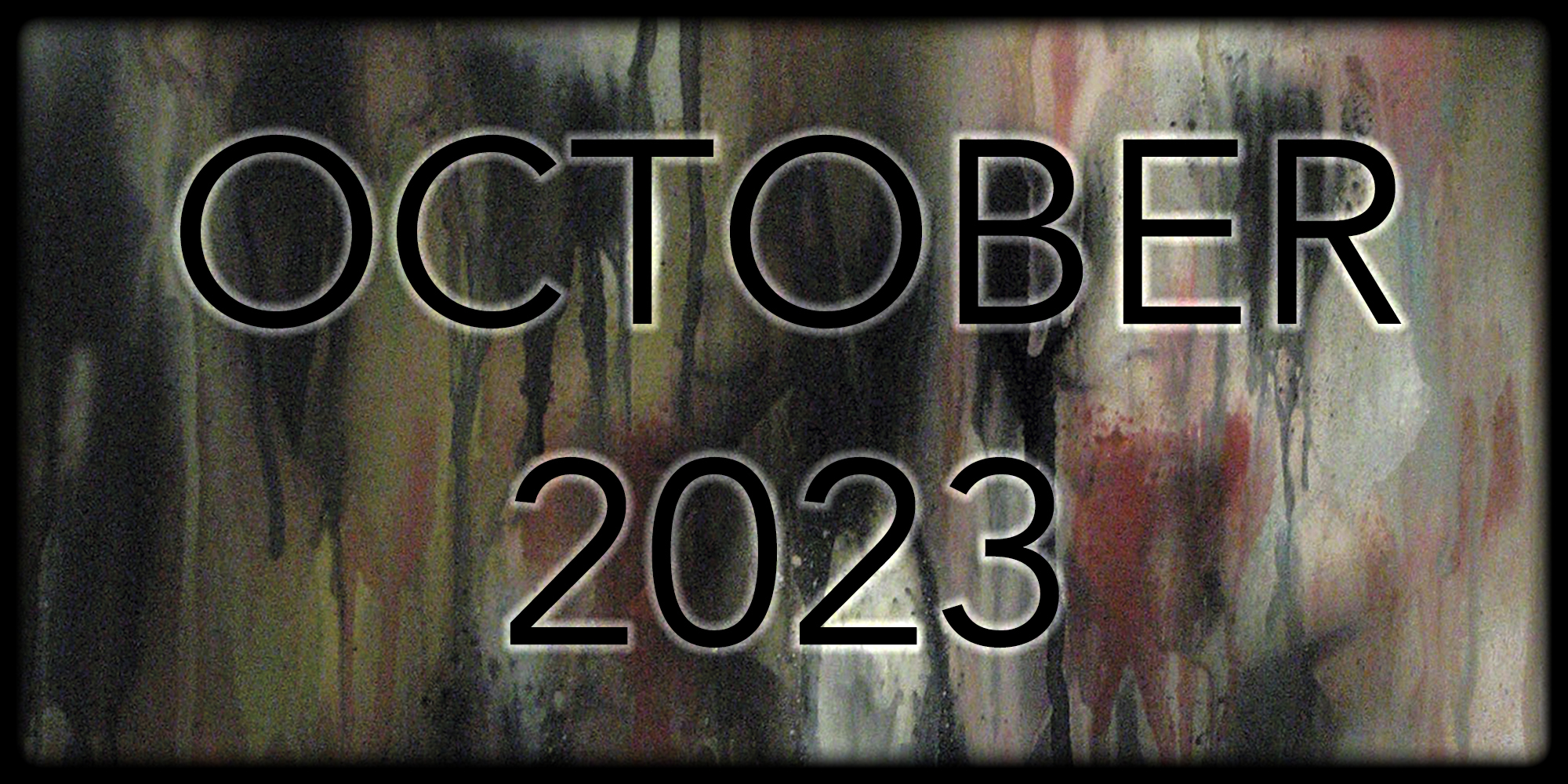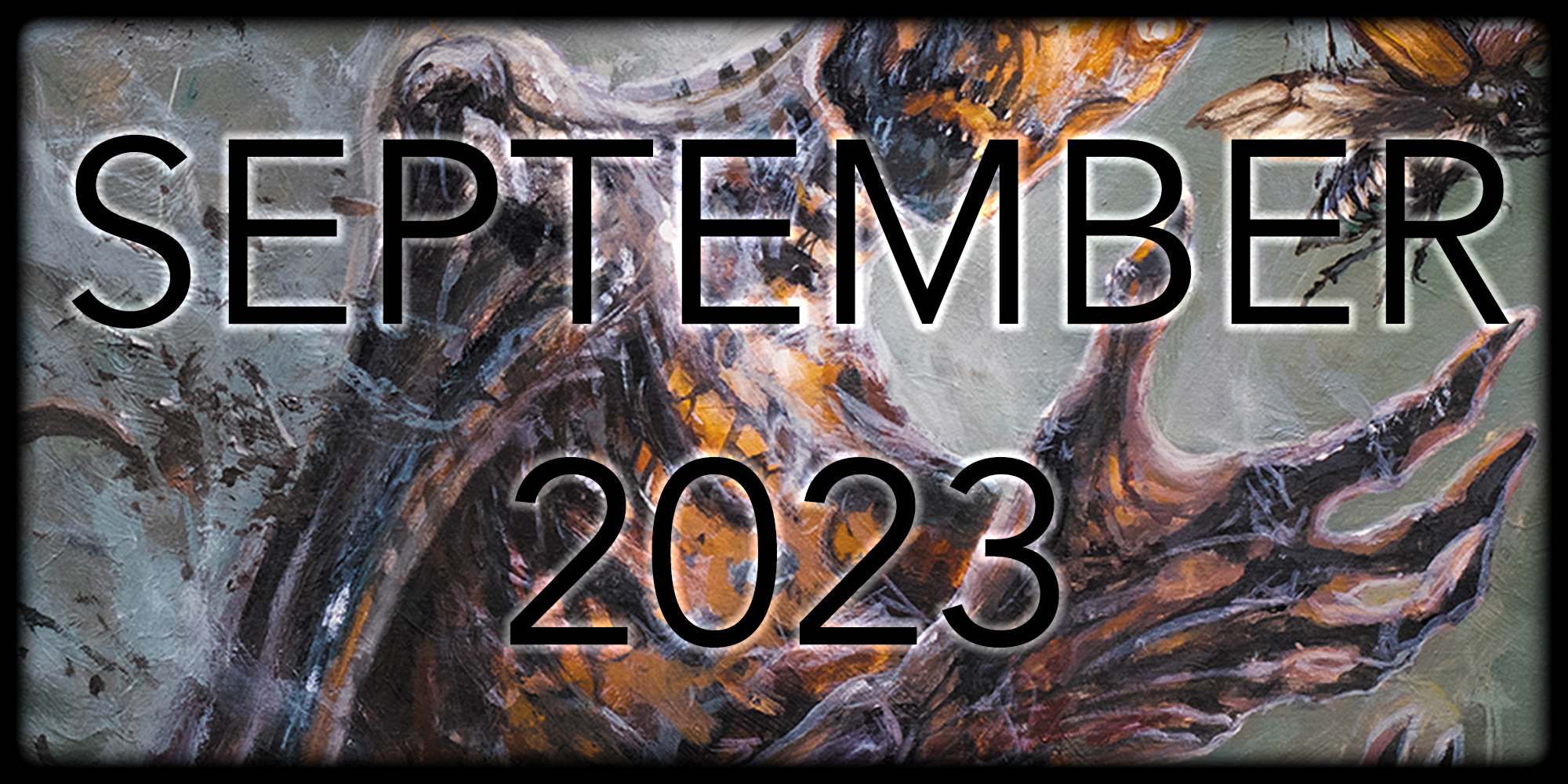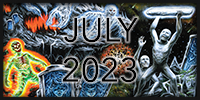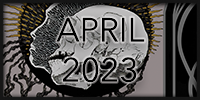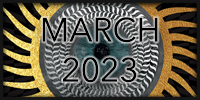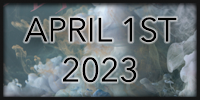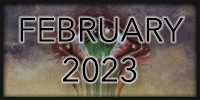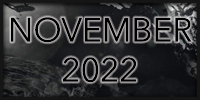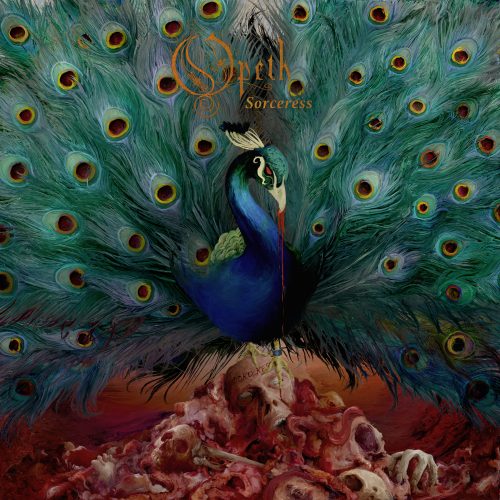 It’s funny to think about how long it has been since the golden age of Swedish metal. In the mid-to-late ’90s and early aughts,1 Swedish bands were atop the world. Now venerable legends were young, hungry and novel. 1995 saw the release of Slaughter of the Soul, The Gallery and Orchid, while the following year graced us with Morningrise and The Jester Race. And when I got into Opeth in 1998 I was swimming in a veritable ocean of amazing Swedish records. Despite my love of the band, I would have laughed if someone had suggested that Opeth—the guys who couldn’t write a song shorter than 10 minutes—would be the most successful of the bunch in 20 years. Maybe it’s obvious in retrospect. Opeth was the band with the broadest opportunities for evolution. They have shown that consistently in their long career. Record after record they evolve; sometimes for the better and sometimes not. But they have always been forward thinking and—given their recent moves into merch and their own imprint—clever.
It’s funny to think about how long it has been since the golden age of Swedish metal. In the mid-to-late ’90s and early aughts,1 Swedish bands were atop the world. Now venerable legends were young, hungry and novel. 1995 saw the release of Slaughter of the Soul, The Gallery and Orchid, while the following year graced us with Morningrise and The Jester Race. And when I got into Opeth in 1998 I was swimming in a veritable ocean of amazing Swedish records. Despite my love of the band, I would have laughed if someone had suggested that Opeth—the guys who couldn’t write a song shorter than 10 minutes—would be the most successful of the bunch in 20 years. Maybe it’s obvious in retrospect. Opeth was the band with the broadest opportunities for evolution. They have shown that consistently in their long career. Record after record they evolve; sometimes for the better and sometimes not. But they have always been forward thinking and—given their recent moves into merch and their own imprint—clever.
Sorceress is the follow-up to one of the band’s best albums. Pale Communion was a success musically, but it was also a triumph of production and presentation. It saw Opeth sidling away from a pair of albums (Watershed and Heritage) marked by a writing style that was choppy, or even clumsy.2 Pale Communion corrected this trajectory by assembling something more coherent, echoing MAYH and Ghost Reveries, but, y’know, not super metal.
Rather than being a continuation of its predecessor, Sorceress is the culmination of the different styles Opeth has been exploring since Watershed. The album lacks the straight-up Frippisms which sunk Heritage for me, but it straddles a more abstract sound with Åkerriffs and a healthy dose of ’70s blues rock influence. Åkerfeldt’s newfound appreciation for subtle Swedish folk feel3 and harmonic minor leads things off on “Persephone” which brackets the album on the “slight return.” In the gooey center, the band oscillates between bongwater rock, laced with keyboards and noodling in blues scales on “Chrysalis,” nods to King Crimson and Heritage like “Strange Brew,” and an apparent admiration for Jethro Tull on “Will o’ the Wisp.”

Where Sorceress shines the most, though, is where Åkerfeldt’s strengths have always been: complex compositions balanced with heart-wrenching, melancholy melodies. “Chrysalis” is a song that strikes remarkably close to sounding like death metal ‘peth—but with blues scales—and it merges into “Sorceress 2.” The sequel could have been on Damnation and may be my favorite chorus from the band since “Isolation Years.” “The Wilde Flowers” features an artful, delicate bridge (complete with harp?) and a memorable chorus, while “A Fleeting Glance” features harmonic minor acoustics, a groovy bass driven feel and Opeth’s best musical climax since “The Drapery Falls.” It’s in these moments where the band demonstrates what a mature, tight unit they are, and Mikael’s voice meshes perfectly with the music, supported by tight play from the whole band.
Maybe the biggest change from Pale Communion to Sorceress is the extent to which the latter has developed a Spiritual Beggars–like dedication to the blues scale. While there has been a growing influence of ’70s blues rock vibes in Opeth for a long while, Sorceress reaches Peak Blue Note. Scattered throughout Sorceress is a proportion of noodly, bluesy solos and chunky hard rock riffs. The riffs are usually balanced with verbose Åkerriffs, but they stand out to me because of a deeper issue. In contrast to tracks like “A Fleeting Glance,” Åkerfeldt is least in his element when the band crescendos while riffing on blue scales. Robert Plant isn’t fronting this band, so when the vocals hit emotional—but monotone—zeniths (see: “Chrysalis” or “Strange Brew”), they lack power and grit. I haven’t really missed growls in later Opeth, but Sorceress’ move into slightly heavier material emphasizes the intensity growls brought in contrast to Åkerfeldt’s choirboy voice.
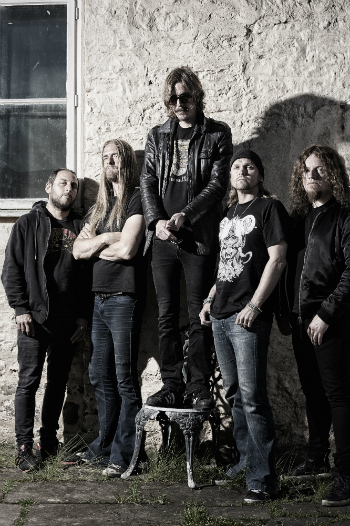 My other nagging doubt about Sorceress is the production. While Pale Communion had pristine, artful production and a top-rate mastering job, Sorceress is a bit muddy and uneven. I love the individual tone of the instruments on here—though I’m less in love with the fuzzbox tone than usual—but there are places where Sorceress ends up on the muffled side of bassy. I don’t know what happened, but given that the material is heavier than Pale Communion, with songs like “Sorceress,” “Era,” and “Chrysalis” sporting serious heft, you can hear that these songs were mastered down to a DR7. On the other hand “Sorceress 2” and “The Seventh Sojourn” clock in at DR11 and DR10 respectively. The former tracks have a snare drum that sounds pretty boxy, while Mendez’s bass doesn’t breathe nearly enough.
My other nagging doubt about Sorceress is the production. While Pale Communion had pristine, artful production and a top-rate mastering job, Sorceress is a bit muddy and uneven. I love the individual tone of the instruments on here—though I’m less in love with the fuzzbox tone than usual—but there are places where Sorceress ends up on the muffled side of bassy. I don’t know what happened, but given that the material is heavier than Pale Communion, with songs like “Sorceress,” “Era,” and “Chrysalis” sporting serious heft, you can hear that these songs were mastered down to a DR7. On the other hand “Sorceress 2” and “The Seventh Sojourn” clock in at DR11 and DR10 respectively. The former tracks have a snare drum that sounds pretty boxy, while Mendez’s bass doesn’t breathe nearly enough.
My complaints are minor in comparison to the artful construction of Sorceress. This a complete album with great material from a band that has transitioned from “very popular” to “institution.” With the establishment of Moderbolaget and, as far as I can tell, moving even more creative control into the hands of the band themselves, these upcoming years will be a very interesting era for Opeth. My gut instinct is that this is the last record before they flip the switch and try something else on for size.4 This record is the culmination of a strategic and musical shift, and like Watershed was to Ghost Reveries and My Arms, Your Hearse was to Morningrise, it’s time for a new permutation. Regardless, Sorceress is an album that will please fans of prog rock, fans of dark music and that has grown on me significantly since I first heard it. While not as immediate as its predecessor, I’ve grown to love the texture and contrasts. And hell, the last record these guys wrote that really had to grow on me was Ghost Reveries, and well, you might know what I think of that one…
Rating: Very Good!
DR: 10 (8 for the heavier tracks) | Media Reviewed: v0 mp3
Label: Moderbolaget
Websites: opeth.com | facebook.com/opeth
Release Dates: Out worldwide!
